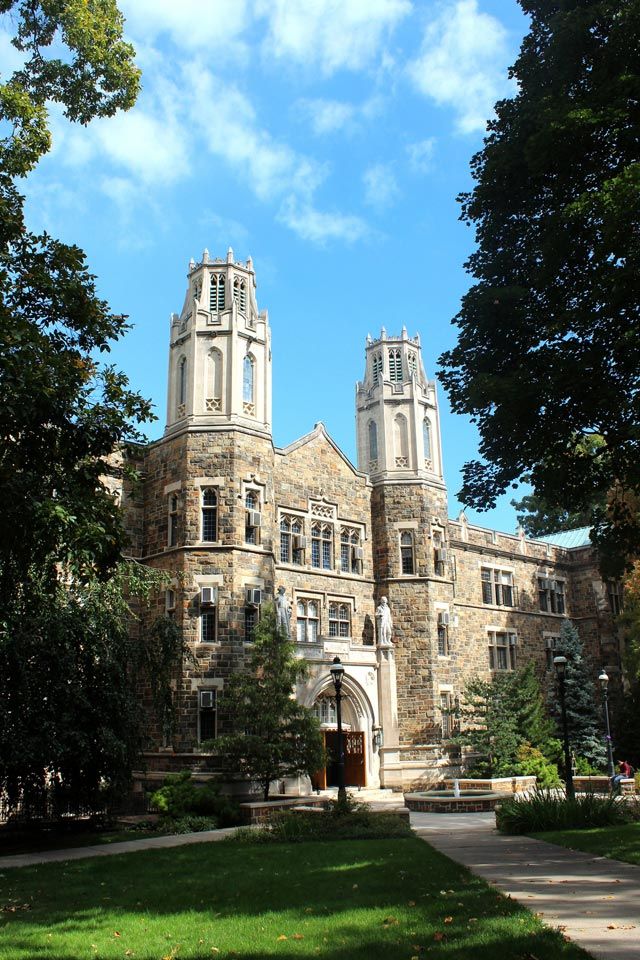For half a century, the Industrial Liaison Program (ILP) of Lehigh’s Center for Advanced Materials and Nanotechnology (CAMN) has helped companies meet materials challenges.
The program offers world-class lab equipment and expertise to industry, business and government.
In 2004, CAMN established the Lehigh Nanotech Network (LNN). Its 150-plus members keep current with new applications of nanotechnology, using Lehigh instruments to image and analyze materials at the nanoscale.
Scientists at Silberline Manufacturing Co. in Tamaqua, Pa., study pigments at the surface level to predict and control their color and function.
“We’re able to examine the morphology of a pigment, tune its properties and improve its performance,” says Shufang Yu, global leader for colored substrates technologies.
“We use scanning electron, transmission electron and atomic force microscopy. Because we can do it ourselves, we learn more, which helps us speed up development.”
Gene Lucadamo, CAMN industry liaison officer, says some ILP members send employees to work in Lehigh labs while others rely on Lehigh scientists and graduate students. CAMN also helps companies connect with other resources.
“We can’t solve every problem in-house,” says Lucadamo, “but we can almost always recommend someone who can get the job done.
“Our members represent government, industry, vendors, legal and consulting firms, and universities, so we can usually help people find solutions quickly.”
ILP helps scientists from Carpenter Technology Corp. in Reading, Pa., study nanostructured titanium used in medical devices.
“Our goal is to learn what is happening to large pieces of conventional titanium at the nanoscale,” says Graham McIntosh, director of global technology initiatives.
Arkema Inc. of King of Prussia, Pa., works with ILP to improve the mechanical properties of wind turbine blades.
“Understanding polymer nanostructures is key for us,” says Chris Roger, director of corporate and external research. “We want to improve the polymers’ mechanical properties by improving their impact resistance.
“When you have blades with wingspans of 60 meters traveling on trucks, or birds flying into turbine blades, you want to be sure the material will withstand that kind of impact.
“Lehigh has the equipment and expertise to strengthen our research capabilities.”

